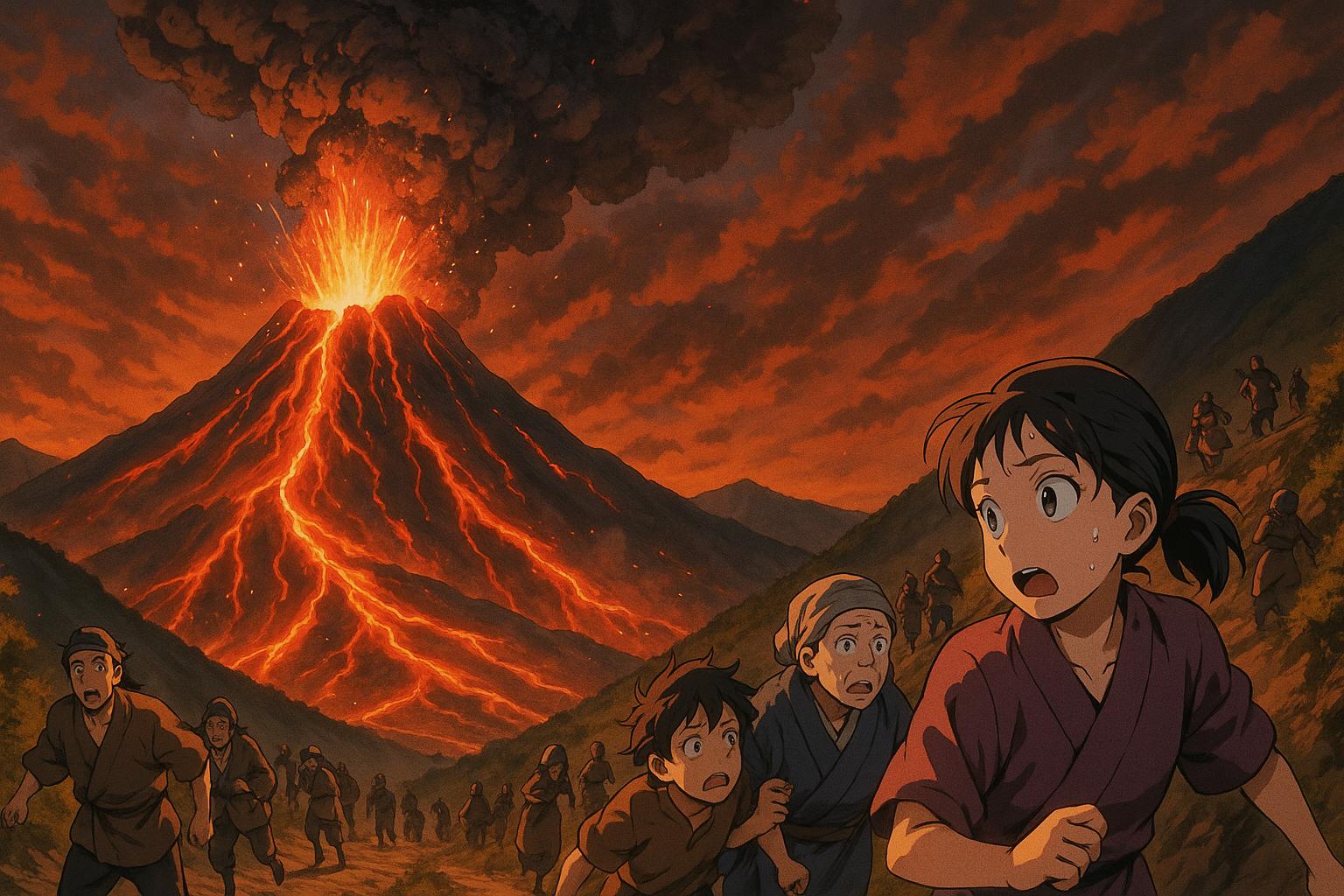The recent eruption of Guatemala's Volcano of Fire has prompted the evacuation of residents living on its slopes, highlighting ongoing concerns about volcanic activity in the region. This decision was made following an eruption that released columns of hot gas and ash into the atmosphere on Thursday, echoing the catastrophic effects of a previous eruption in 2018 that resulted in the deaths of 194 people and left another 234 missing.
Authorities initiated the evacuation to safeguard the lives of those living dangerously close to the volcano, which is located approximately 33 miles from Guatemala City. Juan Laureano, spokesperson for the National Disaster Reduction Coordinator, reported that at least 594 individuals were relocated to shelters across five communities in the Chimaltenango, Escuintla, and Sacatepequez departments. Given the continuing volcanic activity, Laureano mentioned that this number was likely to increase, reaffirming the vigilance required in the face of such natural disasters.
Residents have expressed their anxiety but support the proactive measures taken by authorities. Wilver Guerra, a 28-year-old resident displaced from El Porvenir, conveyed a sense of relief in the decision to evacuate, stating, “At first everything was normal, only fire in the morning when the volcano’s activity increased a bit, but it’s okay, better to evacuate in time.” The urgency for evacuation underscores the unpredictability of volcanic eruptions, particularly given the destructive potential of lahars—a dangerous mixture of ash, rock, mud, and debris that can devastate communities.
In addition to the ongoing evacuations, authorities have also taken steps to mitigate further risks by closing a key highway in the area, as well as suspending classes at 39 local schools. Such actions are reflective of the urgency surrounding the volcano’s activity, which is classified among the most perilous in Central America.
This eruption follows a similar event on Mount Etna in Italy, which occurred earlier this month. Despite its dramatic visuals—an impressive plume of ash and gas shooting several kilometres into the sky—Mount Etna’s eruption did not result in any reported injuries or significant damage. While the eruption was described as a “Strombolian eruption”—often characterised by moderate explosive activity—its classification and impact stand in contrast to the ongoing situation in Guatemala.
Both volcanoes serve as stark reminders of nature's unpredictability and the necessity for continuous monitoring and preparedness. Volcanologists categorise eruptions based on their explosive power, which influences the scale of devastation they can cause. Considering the historical context, particularly the aftermath of Guatemala’s 2018 eruption, it is crucial for local communities and authorities to remain vigilant as the dynamics of volcanic behaviour can shift rapidly, posing lingering threats to surrounding populations.
As this situation develops, the immediate focus remains on ensuring the safety of evacuees and monitoring the Volcano of Fire’s activity closely to preempt further disasters.
📌 Reference Map:
Source: Noah Wire Services
